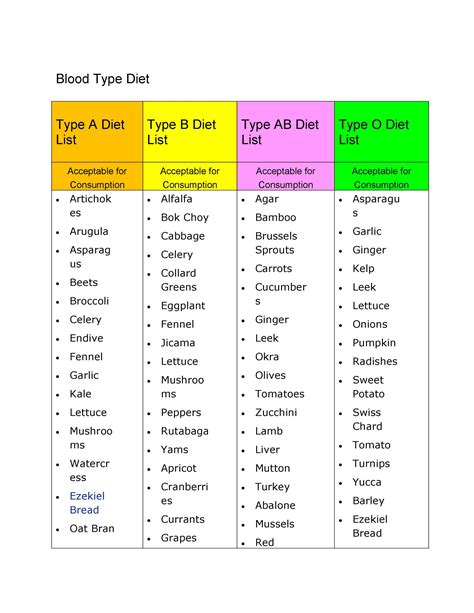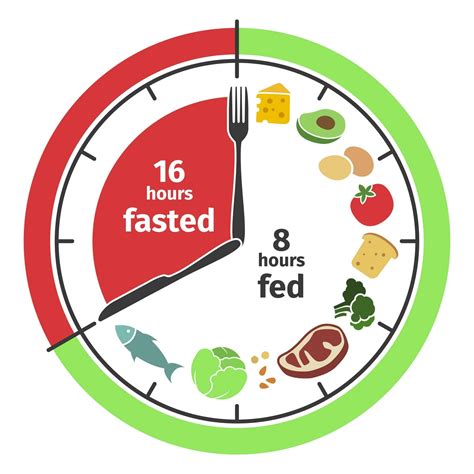Learn about the Dubrow Diet, meal planning, intermittent fasting, eating windows, progress tracking, and adjustments for successful weight loss. Implement these strategies today!
Understanding the Dubrow Diet
Contents
The Dubrow Diet is a popular eating plan that emphasizes whole foods and limited carbs. It was created by reality TV stars Heather and Terry Dubrow. The diet is structured around an eating window, where followers eat for a certain number of hours each day and then fast for the remaining hours. This pattern is designed to promote weight loss and improve overall health.
One of the key principles of the Dubrow Diet is the concept of interval eating, where followers alternate between periods of eating and fasting. During the eating window, individuals are encouraged to consume nutrient-dense foods such as lean protein, fruits, vegetables, and healthy fats. Carbohydrates and processed foods are limited during this time. The fasting period allows the body to rest and repair, while also increasing fat burning.
Another important aspect of the Dubrow Diet is the implementation of a specific eating window. This can vary depending on individual preferences, but the most common pattern is a 16:8 schedule, where individuals fast for 16 hours and eat within an 8-hour window. This window can be adjusted to fit different lifestyles and schedules.
It’s important to note that the Dubrow Diet is not just about when to eat, but also what to eat. Emphasis is placed on whole, unprocessed foods, and the avoidance of sugar and refined carbohydrates. This approach is intended to support overall health and weight management.
Creating a Meal Plan
When it comes to following the Dubrow Diet, one of the most important aspects is creating a meal plan. This entails carefully planning out meals and snacks that align with the diet’s guidelines and your personal nutritional needs.
First and foremost, it’s important to familiarize yourself with the Dubrow Diet principles. This typically involves incorporating periods of fasting, known as eating windows, and feasting during specific times. Understanding these principles will help you create a meal plan that is in line with the diet’s requirements.
Next, consider your dietary preferences and any specific nutritional goals you may have. Whether you’re looking to lose weight, improve your energy levels, or boost your overall health, your meal plan should be tailored to support these objectives. Making a list of foods that are both satisfying and compliant with the Dubrow Diet can help in this process.
Utilizing a table or list format can be helpful for organizing your meal plan. This enables you to effortlessly visualize and structure your meals for each day of the week. Additionally, incorporating intermittent fasting within your meal plan can be achieved by setting specific eating windows and adjusting your meals accordingly.
Lastly, tracking your progress and making adjustments to your meal plan as needed is vital for achieving long-term success with the Dubrow Diet. By regularly evaluating how your body responds to the meal plan and being open to modifications, you can ensure that your approach remains effective and sustainable.
Incorporating Intermittent Fasting
Intermittent fasting is a popular eating pattern that involves cycling between periods of eating and fasting. This method has gained popularity due to its potential health benefits, including weight loss, improved metabolic health, and enhanced brain function. Incorporating intermittent fasting into your routine can be done in several different ways, such as the 16/8 method, where you fast for 16 hours and eat within an 8-hour window.
Another way to incorporate intermittent fasting is by following the Eat-Stop-Eat method, where you fast for 24 hours once or twice a week. Some people may choose to do the 5:2 method, where they consume a limited number of calories (usually around 500-600) on two non-consecutive days of the week, and eat normally on the other five days. Whichever method you choose, it’s important to listen to your body and make sure you’re eating enough during your eating window to support your energy needs.
When starting intermittent fasting, it’s important to ease into it and give your body time to adjust. Begin by gradually increasing the duration of your fasting periods and paying attention to how your body responds. For some people, intermittent fasting may not be suitable, so it’s important to consult with a healthcare professional before making any changes to your eating habits.
It’s also important to stay hydrated and consume adequate amounts of water during your fasting periods. Additionally, be mindful of the types of foods you consume during your eating window, focusing on nutrient-dense, whole foods to support your overall health and well-being. Overall, incorporating intermittent fasting into your routine can be a beneficial tool for promoting better health and supporting your wellness goals.
Implementing the Eating Windows
Implementing the Eating Windows is an important aspect of the Dubrow Diet. Eating windows refer to specific time periods in which you are allowed to consume your meals and snacks. The concept involves dividing your day into periods of eating and fasting, to help regulate your body’s metabolism and promote weight loss. By following a structured schedule of when you eat and when you fast, you can effectively manage your calorie intake and improve your overall health.
One way to implement eating windows is to establish a consistent schedule for your meals and snacks throughout the day. For example, you may decide to have your first meal at 12:00pm and your last meal at 8:00pm, creating an 8-hour eating window. During the remaining 16 hours, you would abstain from consuming any food, allowing your body to enter a fasting state. This fasting period can help boost fat burning and improve insulin sensitivity, leading to numerous health benefits.
It’s important to note that while implementing eating windows, you should focus on consuming nutrient-dense foods that provide essential vitamins, minerals, and macronutrients. This can help support your overall well-being, while also assisting with weight management and energy levels. Additionally, staying hydrated during fasting periods is crucial, so be sure to drink plenty of water and other non-caloric beverages to prevent dehydration and support your body’s natural processes.
As with any dietary approach, it’s important to consult with a healthcare professional before implementing eating windows or making any significant changes to your eating habits. They can provide guidance and personalized recommendations to ensure that you are approaching the Dubrow Diet in a safe and sustainable manner. Remember to listen to your body and make adjustments as needed to support your individual needs and goals.
Tracking Progress and Adjusting
When following the Dubrow Diet, it’s important to keep track of your progress and make adjustments as needed. One way to track your progress is by keeping a food diary. Writing down everything you eat and drink throughout the day can help you see patterns and make necessary changes. You can also track your weight and measurements to see how your body is responding to the diet.
Another important aspect of tracking progress is paying attention to how you feel. Are you feeling more energetic? Are you sleeping better? These are all signs that the diet is working for you. If you’re feeling sluggish or experiencing other negative side effects, it may be time to make some adjustments to your meal plan.
It’s also important to consult with a healthcare professional while tracking your progress on the Dubrow Diet. They can help you interpret your results and make recommendations for any necessary adjustments. This is especially important if you have any underlying health conditions or if you’re taking any medications.
As you track your progress, you may find that certain aspects of the Dubrow Diet are working well for you, while others are not. It’s important to be flexible and willing to make adjustments as needed. This could involve changing your eating windows, adjusting your calorie intake, or incorporating more variety into your meal plan.












